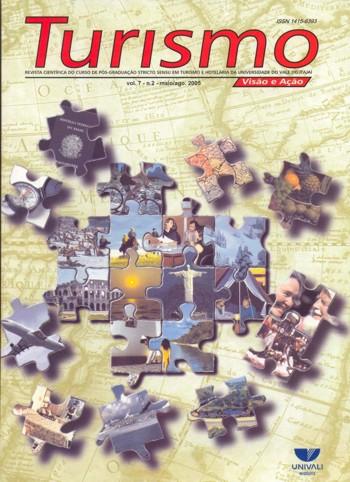Tourism Expansion, Spatial Dynamic and Sustainability of Destinations on the Northeast Coast of Brazil
DOI:
https://doi.org/10.14210/rtva.v7n2.p241-256Abstract
The aim of this article is to analyze, from a temporal-spatial perspective, the territorial spread of tourism on the Northeast coast of Brazil. A case study was carried out in the tourism resort of Pipa, 40 kilometers to the South of the city of Natal, in the State of Rio Grande do Norte, Brazil. It is understood, based on observations of other coastal localities, that the resulting processes and spatial standards observed in the destination of Pipa are repeated in many other localities. The article uses the life cycle model of tourism destinations proposed by Butler (1980), exploring the functions of the space in this evolutionary/temporal analysis of the destinations. The final conclusion is that the ample availability of natural capital increases the lifespan of the tourism destination, slowing down its stagnation or decline, while at the same time, it reveals a predatory system of over-extensive use of resources. Situations of this type require immediate regional and urban measures, in order to ensure the sustainability of the destinations. Key words: Tourism Geography; Live Cycle Model; Northeast of Brazil.Downloads
Download data is not yet available.












